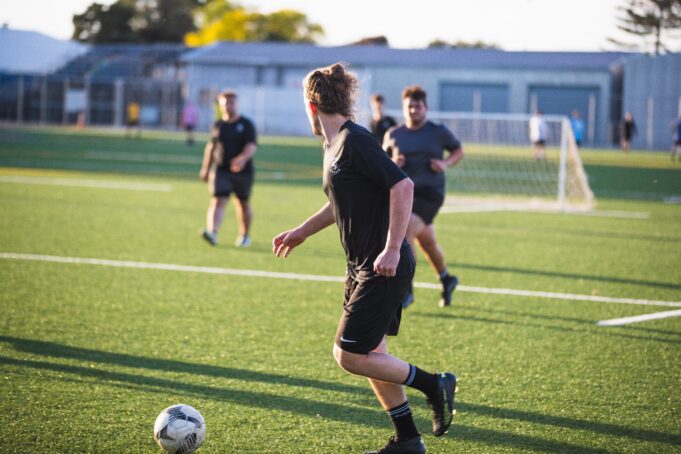Soccer is one of the most popular, prominent sports globally, as it appeals to fans of any age across all demographics. Many children aspire to achieve a career in professional soccer, dedicating their young athletic lives to endless hours of practice and training. Hard work is essential; athletes must be willing to commit a significant amount of time, both on and off the field, to advance their path to excellence. Though training methods abound, there are a few basic steps necessary for every training program to be successful and productive.
Endurance Building
On average, soccer players run up to 10 miles per game. With a mix of both high-speed bursts of energy and slow, low-level jogging, agility is essential to compete in a match. Therefore, athletes must gradually build their aerobic endurance to remain well-conditioned.
While long-distance running is undoubtedly beneficial to endurance training, the likelihood that a soccer player will run in a straight line for the entirety of the game is unlikely. Therefore, incorporating methods such as agility drills and high-intensity interval workouts may better prepare athletes for a more practical scenario. Players must learn to thrive on the field through specialized soccer training. What is thrive training like? Simply put, it’s a combination of regimens that simulate athletic movements seen in an actual match, preparing players for fierce game day competition.
Weight Training
Not only is extreme stamina necessary in soccer, but an immense amount of strength is required as well. Though many put weight training on the back burner in favor of more endurance-building exercises, lifting weights improves energy and overall staying power. Additionally, this type of training enhances agility, lessens the risk of injury, and allows the body to recover quicker. Not to mention, all competitive soccer players love beating their competition to the ball and possessing forceful, explosive first touches. Weight training gives athletes the competitive advantage needed to edge out their competition.
Individual Discipline
Strengths and weaknesses differ among athletes, and most are easily identifiable by coaches and trainers. That said, every individual soccer player should have an idea of what his or her position requires and which skills need additional work.
General ball control is an essential element of soccer, regardless of the player or position. Several drills exist to enhance fundamentals such as dribbling, passing, receiving, and shooting. When practiced at home, these drills require little to no equipment. Further, a partner is unnecessary, as a wall can double as a ball passer and receiver!
Additionally, several websites and phone applications are available to offer further soccer instruction and at-home drills. If you detect a weakness, download an app that best targets it. From there, you can work to improve your skills on your own.
Off-Season Practice
Though soccer is typically an outdoor sport, many athletes do not live in areas that permit outdoor play in the winter. Fortunately, indoor soccer leagues are available to supplement their outdoor counterparts. With smaller fields and no boundaries, indoor soccer requires exceptional ball control and heightened agility.
Spongy indoor turf and encased fields cause the ball to bounce higher and roll faster than it commonly would outside. This forces players to practice careful passing and receiving and master ball handling. Further, fewer players appear on an indoor field, allowing individual athletes time to finesse specific skills.
Drills, Drills, Drills
Coaches and players agree, there is no shortage of drills where soccer is concerned. That said, most workouts focus on one of three main fundamentals necessary to succeed. First touches, cutting, and turning are the core foundations of any well-rounded soccer training program. Therefore, when selecting drills to produce the best results, focus on these skills above any others. Learning to master these specific disciplines will lay the groundwork for a long and rewarding soccer career. In the end, even the most famous, successful soccer players began with these drills, and they still apply the skills to their game today.






